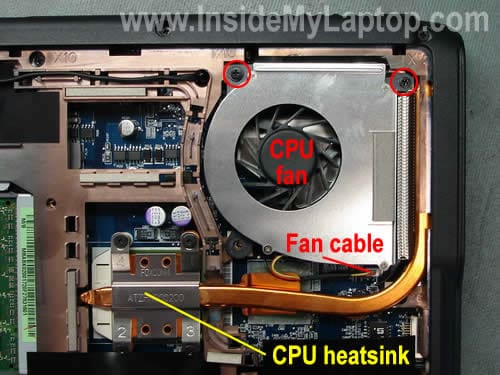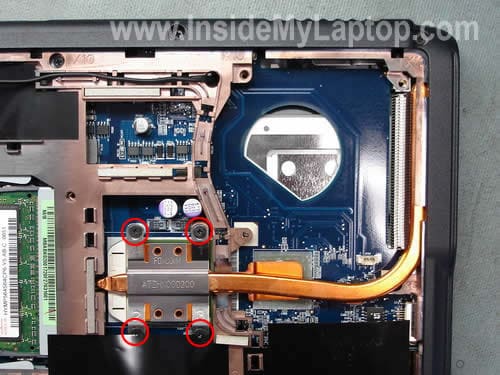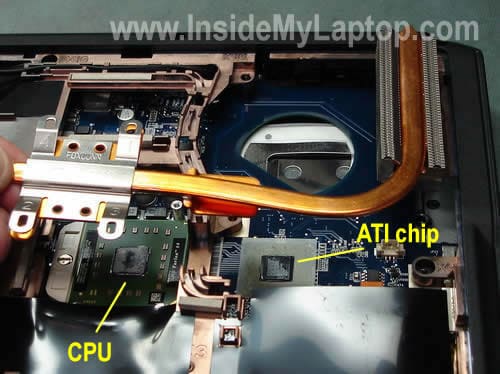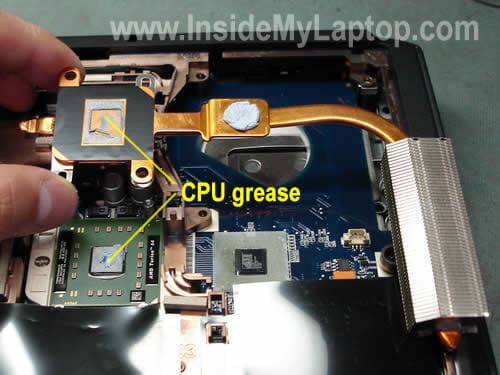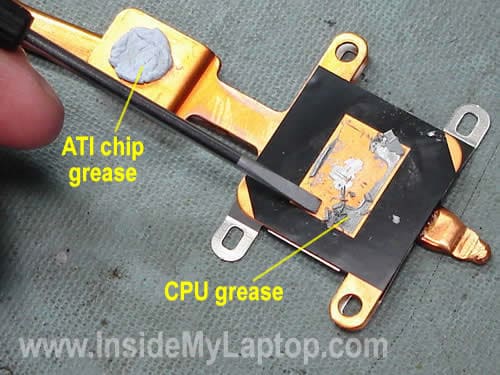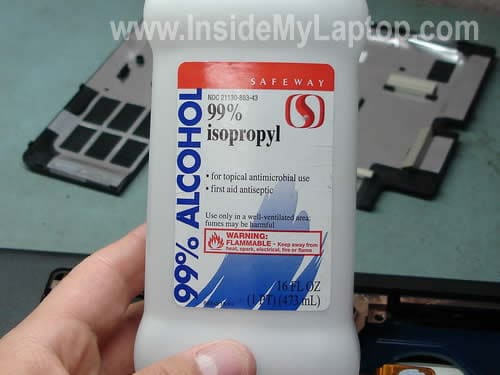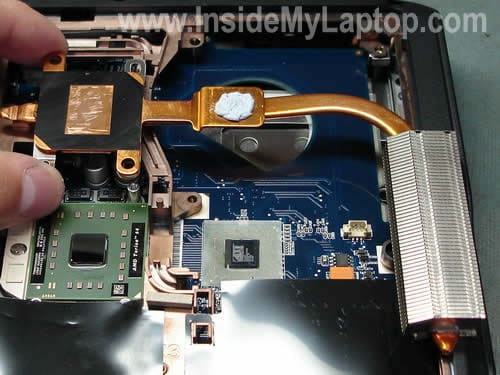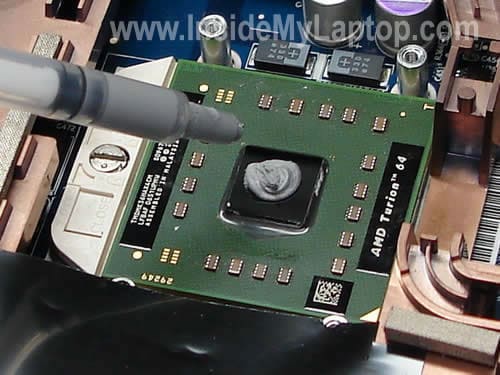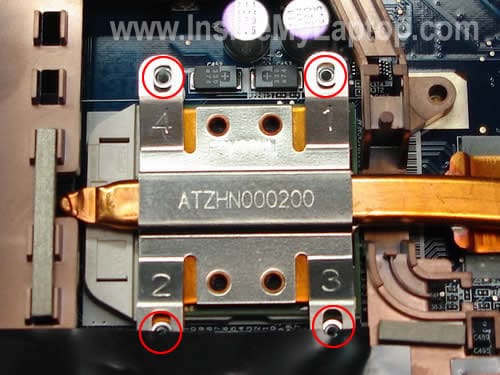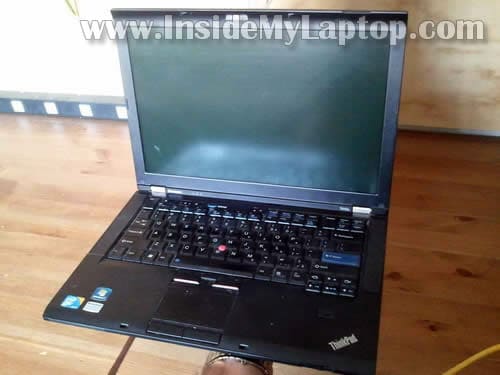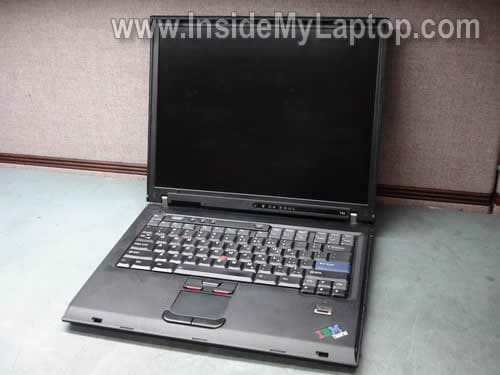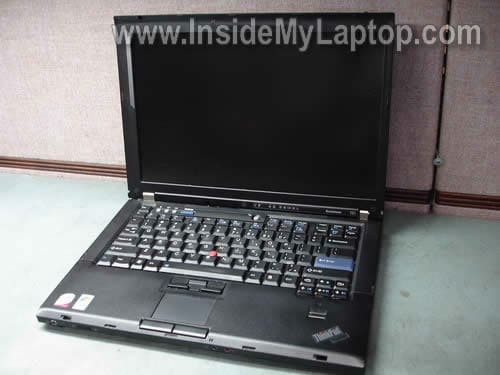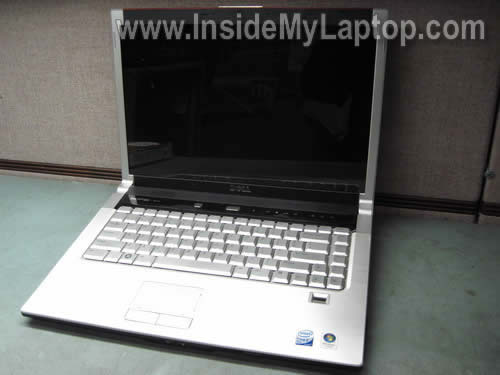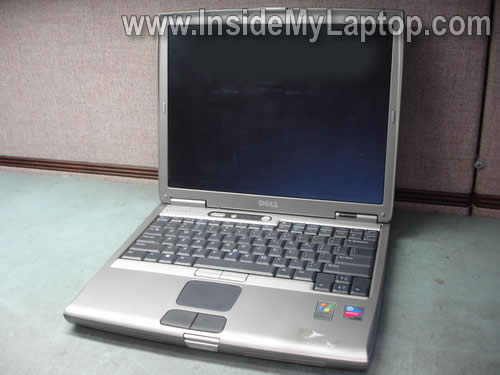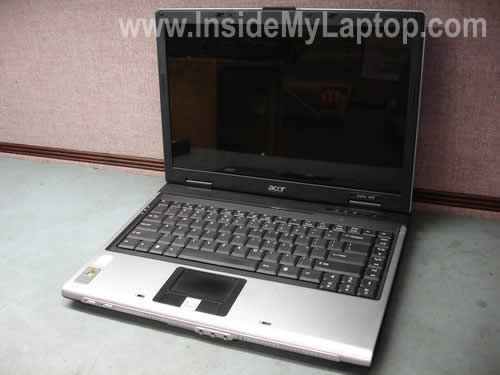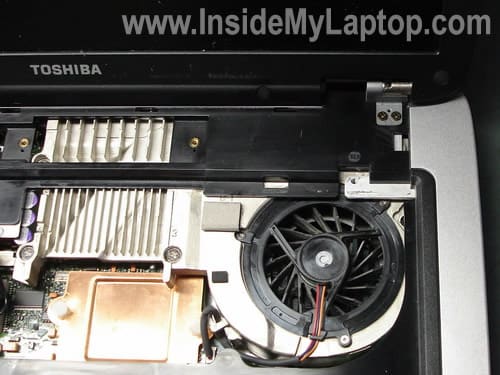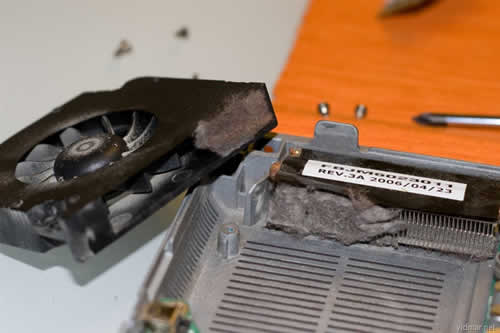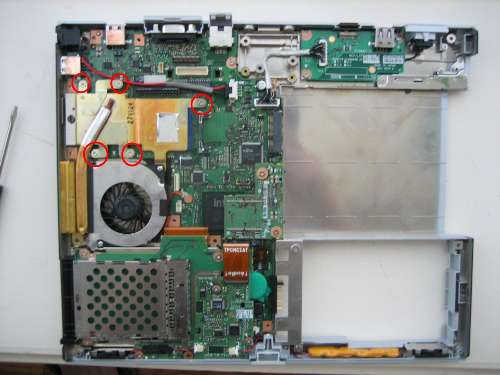Herbalist Dr MziziMkavu
JF-Expert Member
- Feb 3, 2009
- 42,316
- 33,125
How To Fix An Overheating Laptop
 Laptops have undergone an incredible amount of development over the past couple of years. A steep increase in performance was facilitated by chips that are ever more densely packed with transistors. In parallel, the amount of processors was multiplied, the hardware was put into slimmer cases, and better graphics cards enabled bigger screens with higher resolutions. These developments, however, come at a cost: heat.
Laptops have undergone an incredible amount of development over the past couple of years. A steep increase in performance was facilitated by chips that are ever more densely packed with transistors. In parallel, the amount of processors was multiplied, the hardware was put into slimmer cases, and better graphics cards enabled bigger screens with higher resolutions. These developments, however, come at a cost: heat.
The greatest threat for your laptop, except for your your coffee mug, is overheating. It can cause hardware failure and permanent damage. In this article I will introduce ways that you can prevent or fix an overheating laptop and thus improve the performance and the extend the lifespan of your laptop.
How Do You Know Your Laptop Is Overheating?
A sure sign that your notebook gets too hot is when yourfan always runs at maximum speed. You may also experience reduced performance because the CPU cuts back its clock speed to escape heat pressure. Moreover, the fail safe software may trigger a sudden shutdown to prevent hardware damage.

Refer to the article 3 Laptop Computer Temperature Monitor Apps That Could Save Your Hard Drive to find out how you can measure the actual heat values inside your laptop.
What Causes Overheating?
In two words: insufficient cooling.
The reasons include dust blocking intake grills or exhaust ports, a clocked up fan, or a degenerated thermal grease (aka thermal compound) between the heat sink and the CPU.
How Can You Prevent or Fix an Overheating Laptop?
There are several hardware fixes that can cure overheating.
1. Fix Internal Cooling
The first and most important thing you need to do when your laptop is overheating, is to clean the fan/s that provide/s cooling to the CPU and graphics card. Over time they build up layers of dust and dirt that slow them down and block flow of air. Consult your laptops manual or manufacturer to find out how you can open the laptop to access and clean these parts.
Before you attempt to do any cleaning, however, follow these steps:

Next, you can clean the exhaust port by sucking out air with a vacuum cleaner. The exhaust port usually sits on the side of the laptop. Its the opening that blows out hot air.
The intake grills are small openings that allow air to be sucked into the laptop by the revolving fans. They can sit on the sides or at the bottom of your notebook. To clear the intake grills, spray them with canned air.
Finally, you can apply fresh thermal grease to the interface between the CPU and its heat sink. Again, please consult the laptops manual or manufacturer to obtain instructions on how to disassemble these components.
Inside My Laptop has some great tutorials on how to fix your laptop, including How to apply thermal grease on laptop processor.
2. Keep The Laptop On A Hard & Flat Surface
Most laptops suck in cooling air through their bottoms. If the laptop sits on an uneven surface like a blanket, pillow, or your lap, the flow of air into the laptop is disturbed. Subsequently, the cooling is not optimal, heat builds up, the surface becomes hot, the temperature of sucked in cooling air increases, and eventually the laptop overheats.
This scenario is easily avoided by keeping the laptop on a hard and flat surface. You can use something as simple as a tray or get a special laptop holder or lap stand.
3. Invest In A Laptop Cooler
Laptop coolers are meant to provide additional cooling. However, getting the wrong cooler can actually make the problem worse. Before you purchase a cooler, you need to understand the flow of air into and out of your laptop.

As mentioned above, most laptops suck in air for cooling from the bottom. This makes sense because warm air rises upwards. However, a cooler that sits underneath the laptop and sucks air away from it, does not contribute to laptop cooling and rather causes a more rapid overheating.
If your laptop has intake grills at its bottom, purchase a cooler that blows cool air upwards, i.e. into the laptop. You can also get a passive cooler that does not consume power and merely absorbs heat.
What Are Potential Software Fixes?
If none of the hardware fixes result in lasting improvements, you can also revert to software fixes that address the performance and power usage of your laptop. However, addressing excessive heat with a software fix means you give up performance in favor of preserving the hardware.
You can either reduce the brightness of your screen or reduce the CPU clock speed. In Windows, underclocking or undervolting is done in the BIOS, but can also be controlled through software tools. Consult the Undervolting Guide on the Notebook Review forum for more information about this procedure.
The Top 3 Signs Your Laptop Is Overheating
Finally, lets lighten this up a little. This list was inspired by a Top 11 list on BBSpot.

The greatest threat for your laptop, except for your your coffee mug, is overheating. It can cause hardware failure and permanent damage. In this article I will introduce ways that you can prevent or fix an overheating laptop and thus improve the performance and the extend the lifespan of your laptop.
How Do You Know Your Laptop Is Overheating?
A sure sign that your notebook gets too hot is when yourfan always runs at maximum speed. You may also experience reduced performance because the CPU cuts back its clock speed to escape heat pressure. Moreover, the fail safe software may trigger a sudden shutdown to prevent hardware damage.

Refer to the article 3 Laptop Computer Temperature Monitor Apps That Could Save Your Hard Drive to find out how you can measure the actual heat values inside your laptop.
What Causes Overheating?
In two words: insufficient cooling.
The reasons include dust blocking intake grills or exhaust ports, a clocked up fan, or a degenerated thermal grease (aka thermal compound) between the heat sink and the CPU.
How Can You Prevent or Fix an Overheating Laptop?
There are several hardware fixes that can cure overheating.
1. Fix Internal Cooling
The first and most important thing you need to do when your laptop is overheating, is to clean the fan/s that provide/s cooling to the CPU and graphics card. Over time they build up layers of dust and dirt that slow them down and block flow of air. Consult your laptops manual or manufacturer to find out how you can open the laptop to access and clean these parts.
Before you attempt to do any cleaning, however, follow these steps:
- shut down the computer.
- remove the battery.
- unplug the power strip.
- ground yourself

Next, you can clean the exhaust port by sucking out air with a vacuum cleaner. The exhaust port usually sits on the side of the laptop. Its the opening that blows out hot air.
The intake grills are small openings that allow air to be sucked into the laptop by the revolving fans. They can sit on the sides or at the bottom of your notebook. To clear the intake grills, spray them with canned air.
Finally, you can apply fresh thermal grease to the interface between the CPU and its heat sink. Again, please consult the laptops manual or manufacturer to obtain instructions on how to disassemble these components.
Inside My Laptop has some great tutorials on how to fix your laptop, including How to apply thermal grease on laptop processor.
2. Keep The Laptop On A Hard & Flat Surface
Most laptops suck in cooling air through their bottoms. If the laptop sits on an uneven surface like a blanket, pillow, or your lap, the flow of air into the laptop is disturbed. Subsequently, the cooling is not optimal, heat builds up, the surface becomes hot, the temperature of sucked in cooling air increases, and eventually the laptop overheats.
This scenario is easily avoided by keeping the laptop on a hard and flat surface. You can use something as simple as a tray or get a special laptop holder or lap stand.
3. Invest In A Laptop Cooler
Laptop coolers are meant to provide additional cooling. However, getting the wrong cooler can actually make the problem worse. Before you purchase a cooler, you need to understand the flow of air into and out of your laptop.

As mentioned above, most laptops suck in air for cooling from the bottom. This makes sense because warm air rises upwards. However, a cooler that sits underneath the laptop and sucks air away from it, does not contribute to laptop cooling and rather causes a more rapid overheating.
If your laptop has intake grills at its bottom, purchase a cooler that blows cool air upwards, i.e. into the laptop. You can also get a passive cooler that does not consume power and merely absorbs heat.
What Are Potential Software Fixes?
If none of the hardware fixes result in lasting improvements, you can also revert to software fixes that address the performance and power usage of your laptop. However, addressing excessive heat with a software fix means you give up performance in favor of preserving the hardware.
You can either reduce the brightness of your screen or reduce the CPU clock speed. In Windows, underclocking or undervolting is done in the BIOS, but can also be controlled through software tools. Consult the Undervolting Guide on the Notebook Review forum for more information about this procedure.
The Top 3 Signs Your Laptop Is Overheating
Finally, lets lighten this up a little. This list was inspired by a Top 11 list on BBSpot.
- Youve downclocked the CPU so much that the Commodore 64 team is overtaking you on Folding@Home
- Frodo tosses the one ring into your keyboard.
- Al Gore shows up to kick your ass.
